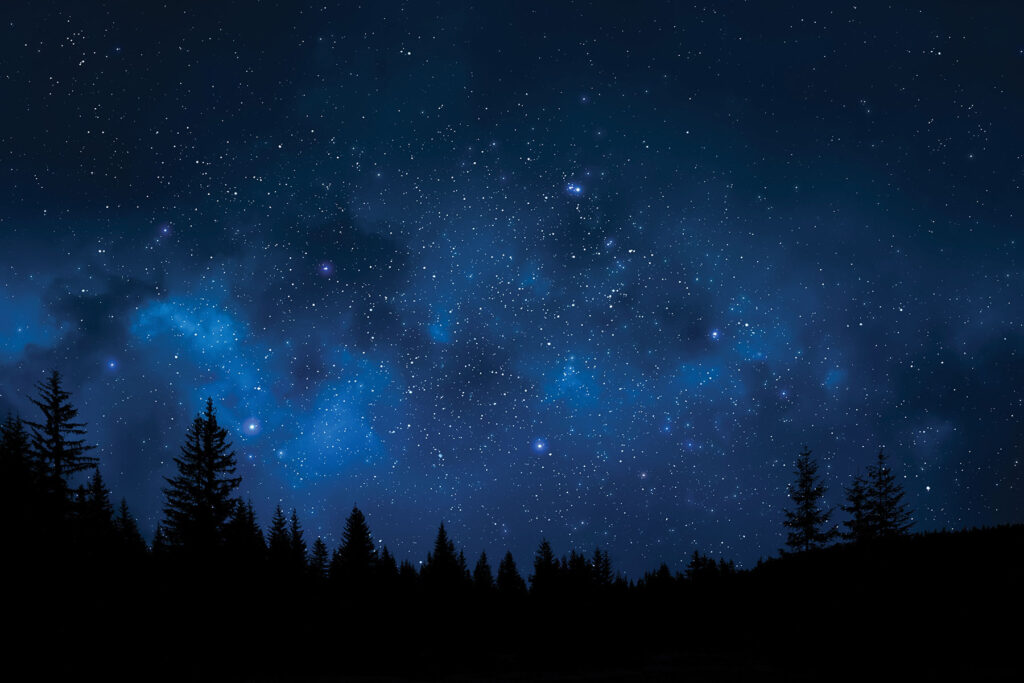
Star Light, Star Bright
On cloudless nights, especially during a new Moon, when our closest celestial neighbor hides from the Sun each month, the wonders of the night sky seem almost close enough to touch. It is then that vacation astronomers can expertly explore the universe that swirls around us with just a pair of binoculars and an app like SkyView (or similar).
Those with the right timing may witness a fly-by of the International Space Station as it reflects the rays of the setting sun. Take in one of Earth’s close encounters with the Moon and the planets, or marvel at one of the several meteor showers that scatter their streaks of wish-granting light across the night sky.
shoot for the moon
A new Moon makes an ideal time to observe the night sky, especially for distant star clusters and galaxies. Then, when the Moon is full, its magnificent and meteor-pocked face becomes fully illuminated for closer inspection.
While each month hosts both phases, there are instances where the full Moon will rise twice during a calendar month, a phenomenon known as a “Blue Moon.” Then, when the full Moon coincides with a close approach, we experience a Super Moon, where its proximity to the Earth makes it seem brighter and larger than usual.

